An image speaks more than words, so here is basically what I want to achieve :
(I have also used a fruit analogy for the sake of genericity an simplicity)

I've done this kind of stuff many time in the past using different king of .Net classes (BackGroundWOrkers, ThreadPool, Self Made Stuff...)
I am asking here for the sake of advice and to get fresh ideas on how to do this efficiently.
This is a high computing program so I am receiving Millions of (similar in structure but not in content) data, that have to be queued in order to be processed according to its content type. Hence, I want to avoid creating a parallel task for each single data to be processed (this overloads the CPU and is poor design IMHO). That's why I got the idea of having only ONE thread running for EACH data TYPE, dedicated to processing it (knowing that the "Press Juice" method is generic and independent of the fruit to be pressed)
Any Ideas and implementation suggestions are welcome.
I am free to give any further details.